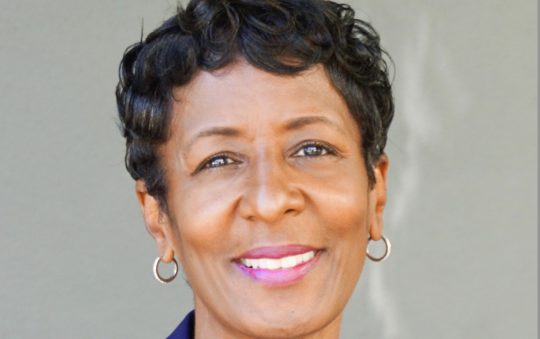Six Los Angeles City Council members introduced a resolution today to enforce the city’s ordinance to restrict homeless encampments at four locations in and around the Civic Center.
The resolution requests enforcement against sitting, lying, sleeping and storing personal property at:
— 711 N. Alameda St., outside Union Station, citing its proximity to
a designated facility or shelter;
— 310 N. Main St., outside City Hall, citing its proximity to a
designated facility or shelter;
— 111 E. First St., outside City Hall East, citing its proximity to a
day care center; and
— 125 Paseo De La Plaza, near El Pueblo de Los Angeles, citing its
proximity to a public park.
The resolution was co-introduced by Council President Nury Martinez, Councilwoman Monica Rodriguez, and Councilmen Kevin de Leon, Paul Krekorian, Bob Blumenfield and Paul Koretz. It was seconded by Councilman Mitch O’Farrell, who also introduced a resolution Wednesday to enforce the ordinance at nine underpass locations in his district.
The law, which went into effect Sept. 3, prohibits sleeping, sitting, camping and obstructing the public right of way within 500 feet of a “sensitive” facility including schools, day care facilities, parks and libraries. It can be enforced once the council passes a resolution to designate a specific area for enforcement, posts signage and gives notice of the date that the ordinance will be enforced for the area.
Enforcement can also be conducted once a resolution passes within:
— up to 500 feet of a designated overpass, underpass, freeway ramp, tunnel, bridge, pedestrian bridge, subway, wash or spreading ground, railroad track or where lodging unsheltered or in tents is unhealthy, unsafe and incompatible with safe passage; and
— up to 1,000 feet of a facility opened after Jan. 1, 2018, that provides shelter, safe sleeping, safe parking or navigation centers for persons experiencing homelessness.
On Sept. 14, the City Council approved a street engagement strategy that provides outreach teams to deploy to areas chosen for enforcement. The teams will assess the encampments, determine how long engagement will take place, collaborate with city and county departments, as well as nonprofits, and connect encampment residents with services and interim and permanent housing placements.
The ordinance also prohibits sitting, sleeping, lying, storing personal property or otherwise obstructing the public right-of-way without a resolution’s passage in several areas of the city, including within two feet of any fire hydrant or fire plug; within five feet of any operational or utilizable entrance or exit; within 10 feet of a loading dock or driveway; in a manner that interferes with any activity for which the city has issued a permit or restricts accessible passage as required by the Americans with Disabilities Act; or anywhere within a street, including bike paths.






